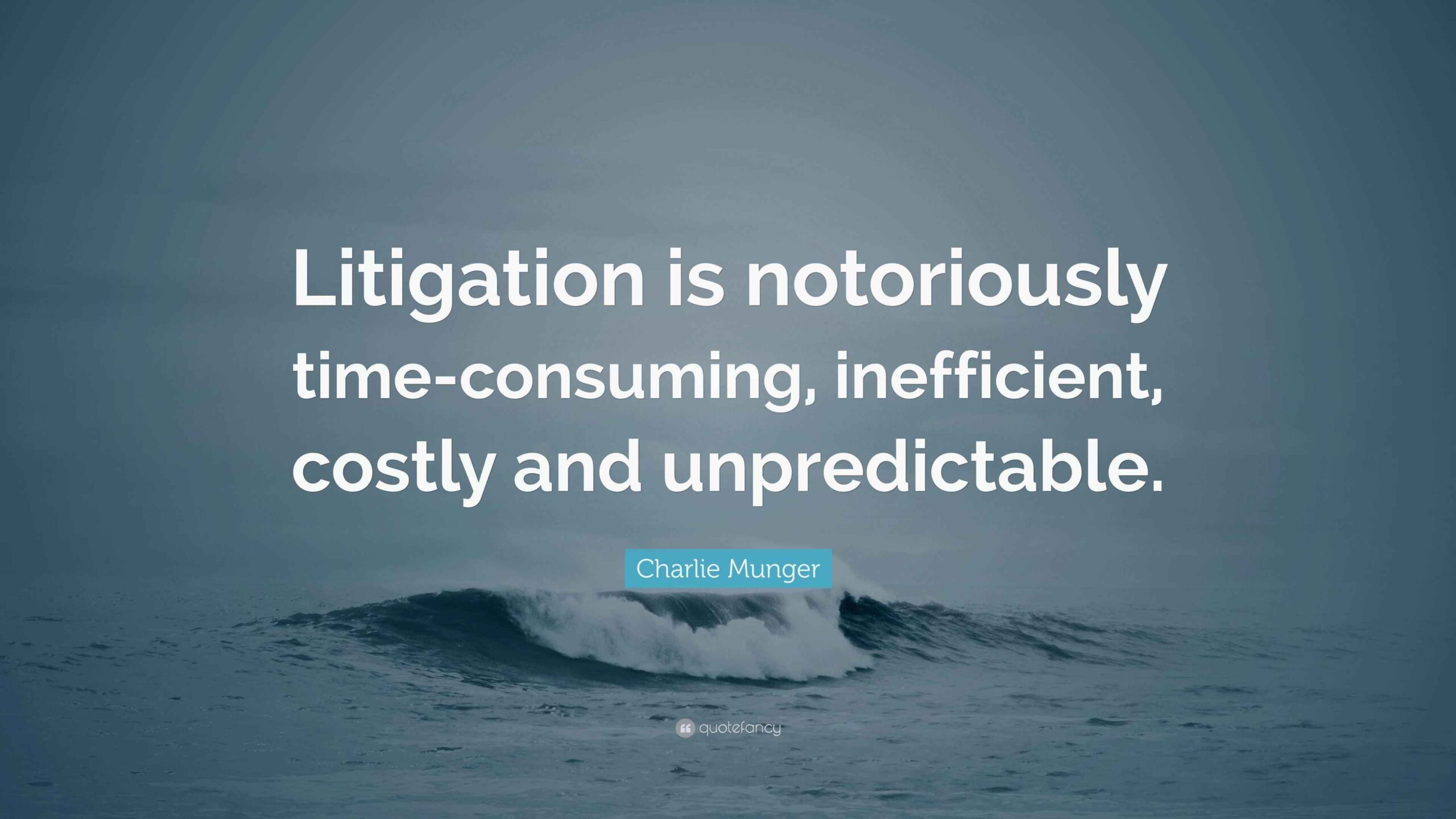I have been asked several questions recently about this issue for obvious reasons. Rather than bore you in one blog post, I decided to bore you in two blog posts.
1. Definitions & Scope
- Define “extreme heat event” using objective metrics:
- Heat index ≥ 100 °F for 24 hours (National Weather Service)
- Wet-Bulb Globe Temperature (WBGT) threshold specific to product sensitivity
- Clarify contract phases covered:
- Manufacturing (production, in-plant storage)
- Distribution (loading, transit, warehousing, delivery)
2. Manufacturing-Phase Obligations
- Manufacturer to maintain production areas within specified temperature/humidity ranges.
- Automated HVAC backup or emergency cooling when thresholds approached.
- Insulated or climate-controlled storage for heat-sensitive inputs and semi-finished goods.
- Real-time monitoring with alerts to both parties if set points exceed limits.
- Manufacturer to document temperature logs and Quality Control checks for each production batch.
- Right for distributor to audit logs within a specified timeframe with nonconforming batches subject to replacement or credit.
3. Distribution-Phase Protections
- Specify carrier requirements: refrigerated trucks, insulated containers, or phase-change liners when heat index triggers.
- GPS-linked telematics with temperature sensors with the data feed shared daily.
- No outdoor staging above trigger temperature during peak hours.
- Mandatory use of covered docks, portable shade structures, or mobile misters.
- Warehouses must maintain ambient conditions within agreed and specificed band.
- Monthly (or more frequent) temperature‐compliance certificates from warehouse operator.
4. Force Majeure & Excusable Performance
- Enumerate “extreme heat,” “heatwave,” or “ambient heat emergency” as force majeure events.
- Quantitative triggers: issuance of a local “heat emergency” declaration or consecutive days over contract threshold.
- Possible remedies when triggered:
- Suspend production or delivery deadlines without penalty
- Right to reschedule manufacturing runs or shipment windows
- Notice requirement: written notice within 24 (or other) hours of trigger, with agreed upon supporting data.
5. Indemnities, Warranties & Liability Caps
| Clause Type | Purpose | Key Elements |
|---|---|---|
| Indemnity | Shift third-party claims for heat-related losses | Coverage for personal injury, property damage, spoilage |
| Product Warranty | Guarantee product quality under temp specs | Affirmation that goods meet specs if stored/transited per protocol |
| Liability Cap | Limit aggregate exposure | Cap tied to contract value or insurance limit; carve-out for gross negligence |
- Include gross negligence/willful misconduct from liability cap?
- Indemnity obligation tied to breach of environmental-control or handling provisions.
I will also bore twice with my recommended course of action: (1) review all relevant standard forms for heat-event clauses and (2) start building a library of sample clause language tailored to your product lines.
David Seidman is the principal and founder of Seidman Law Group, LLC. He serves as outside general counsel for companies, which requires him to consider a diverse range of corporate, dispute resolution and avoidance, contract drafting and negotiation, and other issues. In particular, he has a significant amount of experience in hospitality law by representing third party management companies, owners, and developers.
He can be reached at david@seidmanlawgroup.com or 312-399-7390.
This blog post is not legal advice. Please consult an experienced attorney to assist with your legal issues.
Photo credit: Still there?














